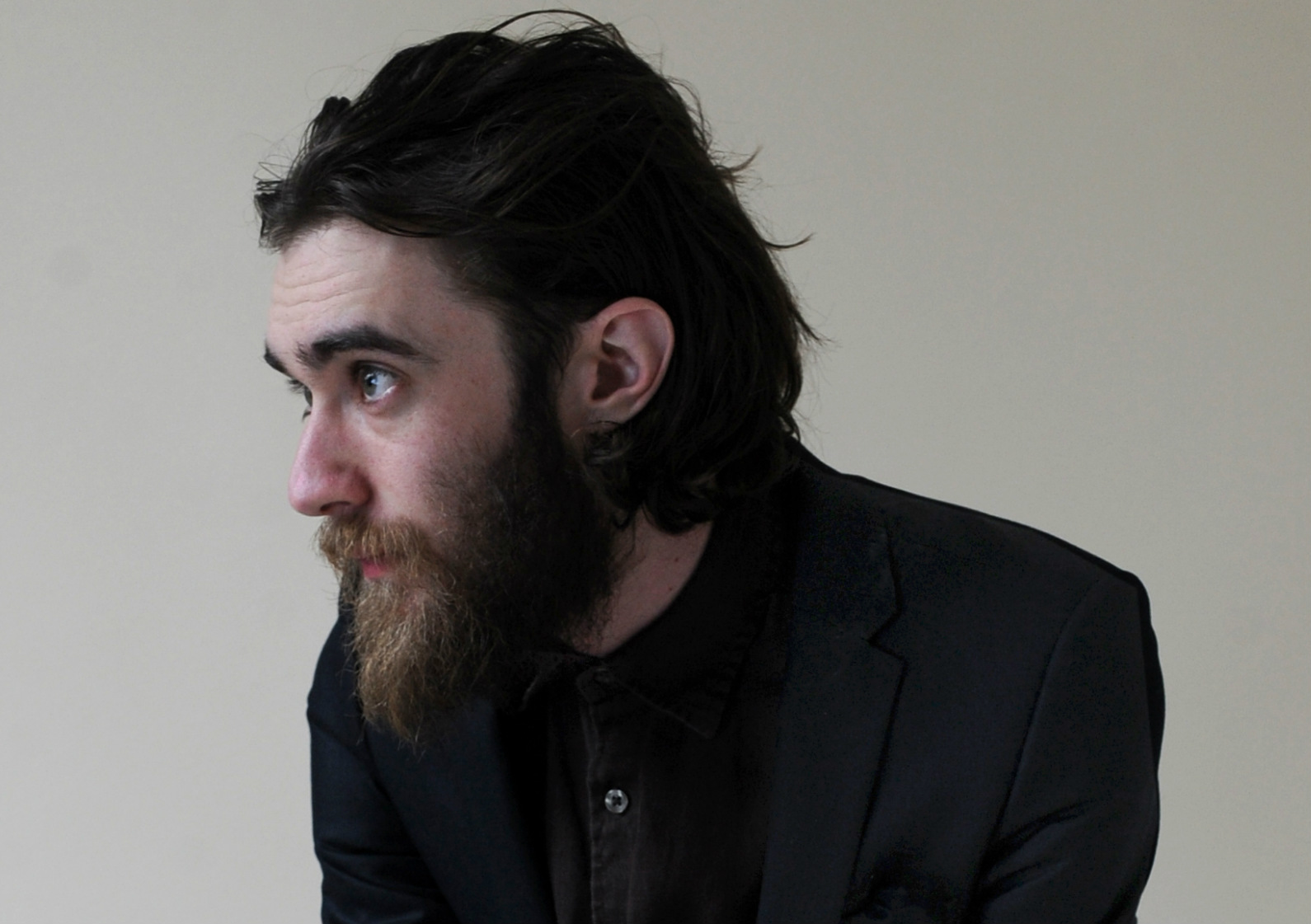‘If I write about how it feels to me, will you feel it, too?’
On 20th July 2018, Britten Sinfonia performed the premiere of Keaton Henson’s latest masterpiece ‘Six Lethargies’ at the Barbican Centre in London. A culmination of three years of work, the event exhibited not only the musical genius of Henson, but was a multi sensory collaboration with “roller coaster thrill engineer”, Brendan Walker.

Henson’s music is born out of his experiences with anxiety and depression. Each act in ‘Six Lethargies’ explores an individual stage in Henson’s personal experience of mental health. Despite a growing awareness of mental health in contemporary society, these are issues that are nearly impossible to describe or communicate due to their immensely individual and personal nature. The concert offered a safe space in which every individual present was encouraged to be aware of their own emotional response to the music, only in this instance, the room responded back.
The concert became a social experiment as four anonymous audience members were chosen to have their fingertips connected to a machine that would record their physical responses to the music. Their ‘Electrodermal activity and autonomic nervous reaction’ wasn’t just monitored to see their response to the music, it directly affected the performance. As the four individuals’ responses increased, so too did the lights. The emotional was manifested into the physical.
Despite his hatred of public speaking, at the conclusion of the concert Henson took to the stage to utter a quiet but incredibly moving thank you to the audience and the orchestra who brought his music to life. The applause that followed recognised not only the musical genius demonstrated, but for the articulation of the power of music and performance to literally connect people through the communication of emotion.
While this assertion might seem obvious to anyone who listens to and enjoys music of any genre, the immediacy of the recognition and projection of the physical reaction of audience members to the music made Henson’s concert an intimate and powerful experience. It confirmed the potential of music therapy to improve physical and mental health. Furthermore, the data collected can now be used to document and investigate the direct effect of Henson’s music in particular.
Mental health and music were unified in Henson’s performance, further raising the awareness of mental health and its effects on the community and individual. This undeniably stands as a positive movement towards better recognition and support for mental health.
Katelyn Edwards and Sebastian Glover
Header Credit Bird on the Wire

